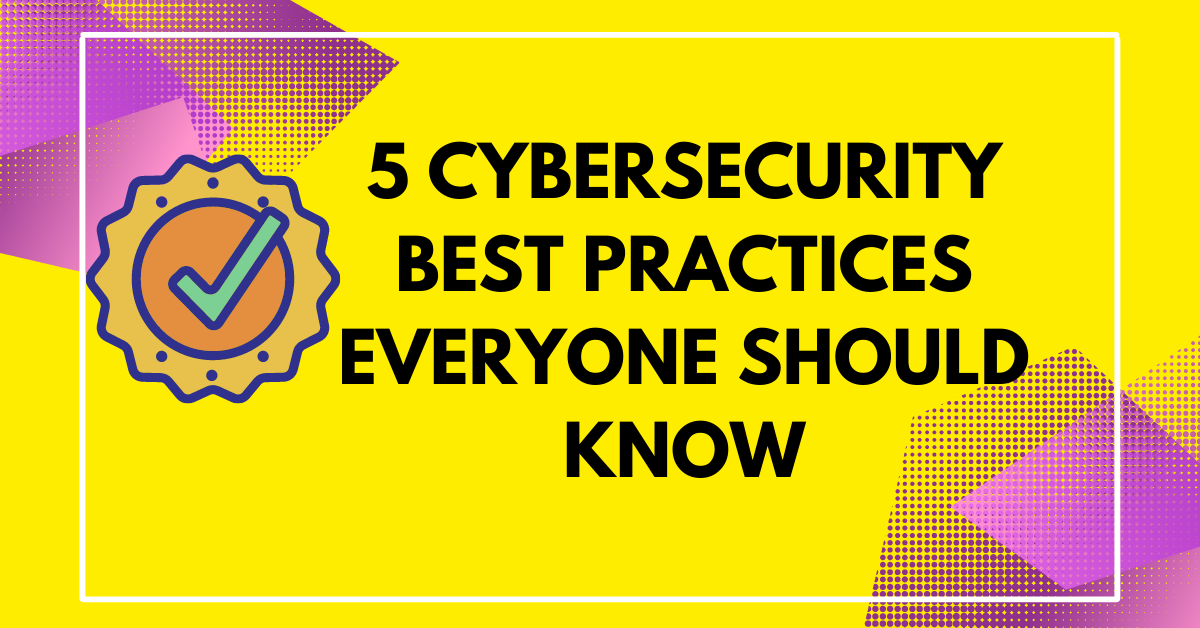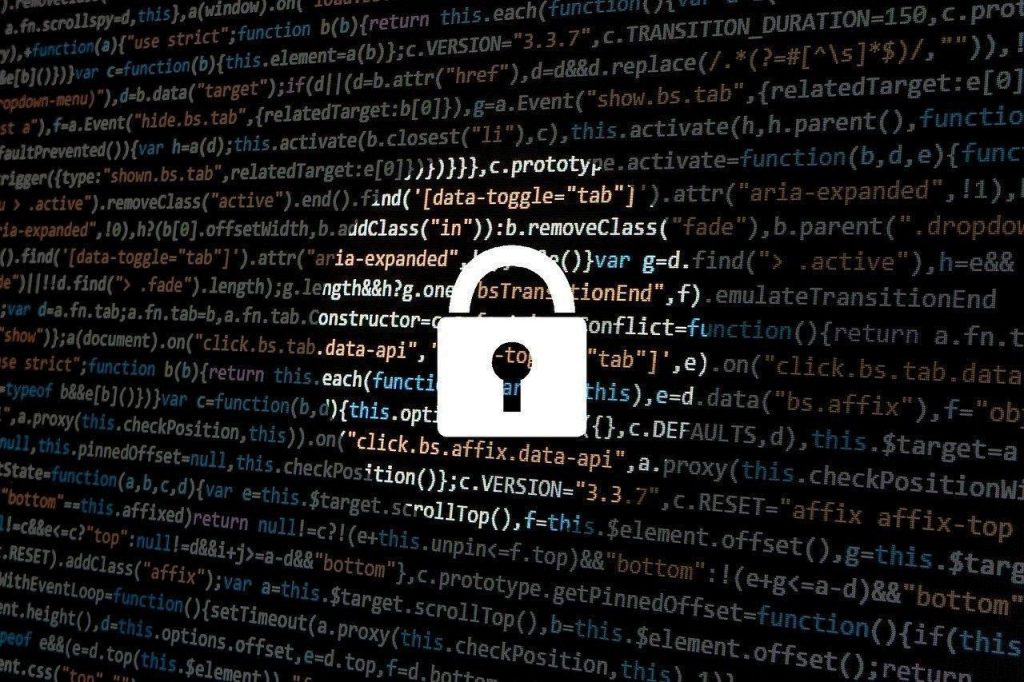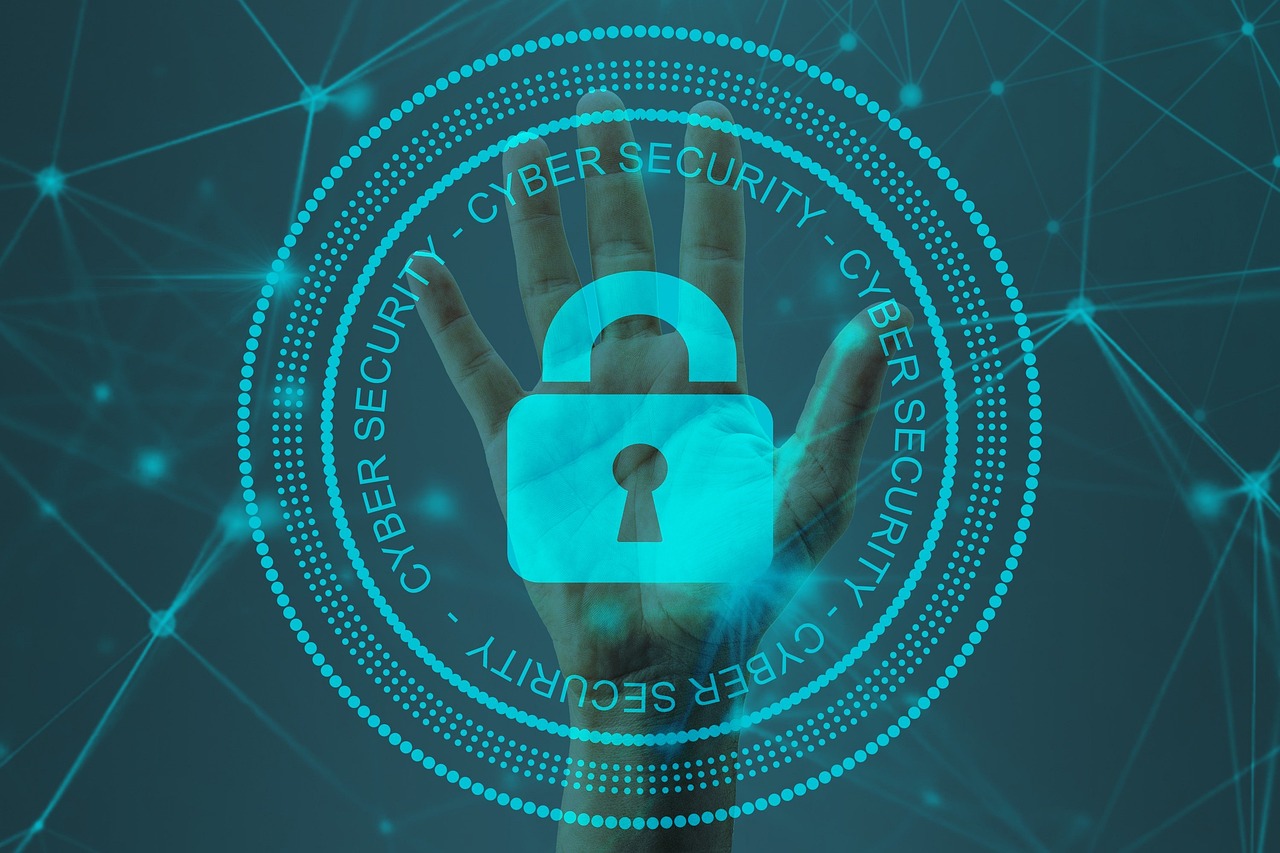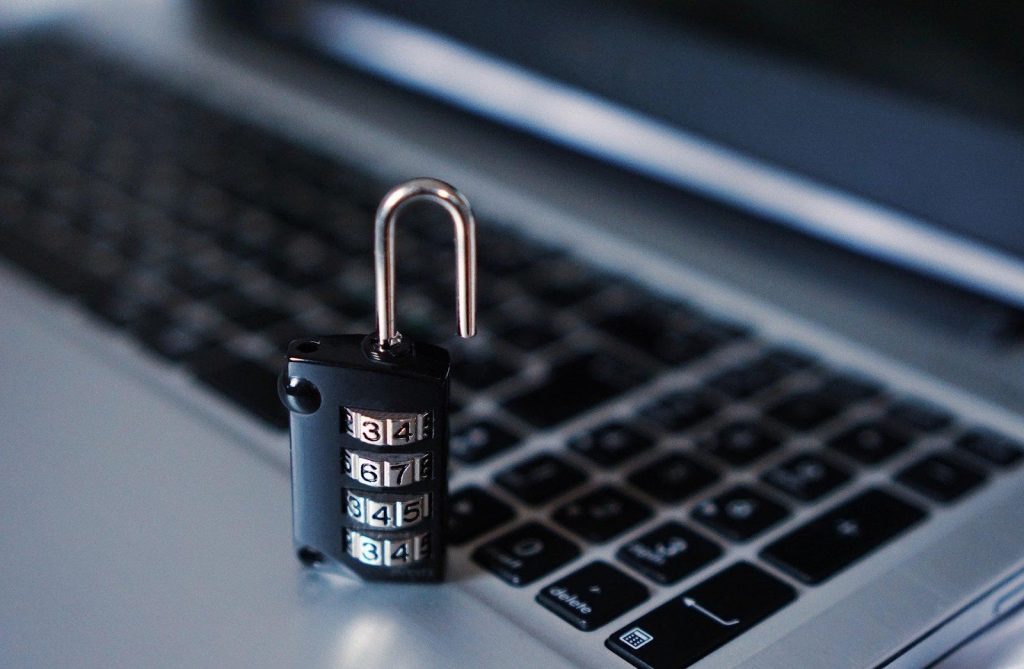This post will show you cybersecurity best practices everyone should know…
The online world is a rollercoaster ride. You can hardly anticipate what's coming your way, from where, and whom.
With increasing online dependency, the magnitude of risk has also grown. Brace yourself before it gets late. Follow the following best cybersecurity practices to keep hackers' infiltration at bay.
Table of Contents
5 Cybersecurity Best Practices Everyone Should Know
1. Protect Your Data
Beat the hacker beforehand. Precaution is better than cure. In this age of information technology and increasing online dependency, the need for cybersecurity has increased ninefold.
Protect your data before it's too late. Precautionary measures are better than retrieving data and coping with identity theft, which is time-consuming and expensive.
Tackling cybercriminals gets easier when you know the cyber security guidelines. You surely don't want to lose all the essential data and credibility of the organization at any cost. Therefore, be vigilant today and right now.
The protection of your company's database is your responsibility. Be responsible while browsing the internet, and don't fall prey to cyber thieves by disclosing confidential information intended solely for organizational usage.
READ ALSO: How To Secure Your Computer Against Cyber Threats Like 007
Carefully report emails, messages, or calls you find suspicious or potentially threatening the office security network. Moreover, cybercriminals can fake caller ID information and create legitimate emails and messages to hack into the company's database management system.
Consequently, avoid posting pictures on social media from office premises as it might have a computer screen in the background, revealing sensitive business information. You don't want your slightly irresponsible act to cause a vast, unrepairable dent in your company as fraudulent online activities are rising.
Students also face fraud services when it comes to outsourcing their college assignments. They searched for writing services in the USA, and several search results appeared. This is when it is crucial to choose a reliable service. The best service charges fees that are affordable and guarantee high grades.
2. Create Strong Passwords
A strong password holds the key to your cybersecurity. Creating a memorable yet powerful password involving a mix of numerical, upper, and lower cases is usually considered an uncrackable password. The password cracking program is often used as a standard method to lapse cybersecurity.
The new method involves programs that throw every probable variation at the server, in time finding the correct code associated with the server.
The best defense against cyber attacks is to create passwords that are:
- Longer at length
- A mixture of the upper and lower case
- Having numerics
- Uncommon phrases
- Random sentence (something that you can memorize)
- Add symbols
- Unique
- Complex
A longer password means more characters, hence, more possibilities for the program to try. The password, which takes a long time to crack, is considered to be a secure one. Adding symbols and numerics also helps to beat the hackers who invade your cybersecurity.
Ensure you do not have a password that is too easy and thinkable, like date of birth, name, or any other personal information. Moreover, avoid using tools or password generators to get a password. The online world can be fraudulent at times.
3. Resist Phishing Attacks
Phishing is an online fraudulent activity hackers use to get personal information, credit card numbers, and account passwords from an individual or a company. The trick is to make you reveal your information as a reaction to the hacker's action.
Phishing is usually carried out through emails. You might get an email from a reputable organization carrying malicious software or a link that takes you to a fraudulent website to steal your login information.
Wondering how to resist phishing attacks? Combating phishing can easily be understood through cyber security best practices. Always check the URL to ensure you are on the right website.
Keep an eye on the domain name. Keep at length from emails that take you to an old website landing page or unfamiliar pages. Another alert of a phishing attack is when the website page has misspelled words.
The computer security best practices are to close down the window that seems to be suspicious immediately, get started with a new window, and type the URL of the intended website.
READ ALSO: What Are Phishing Scams And How You Can Avoid Them?
4. Avoid Pop-Ups and Links
Beware of phishing scams. Pop-ups are also tricks phishers use to get you into revealing your personal or company information. Through pop-ups and links, cyberthieves embed malware and viruses. Therefore, being cautious when opening screen pop-ups and malicious links in email attachments is vital.
Sometimes, just one click may trap you and enable cybercriminals to infiltrate your company's computer network. These tricks by cyber thieves cause a lot of damage to personal and organizational databases, funds, and credibility.
For workplace cyber security, one must follow these rules to prevent hackers' infiltration and combat pop-up phishing traps.
- Never enter your personal or business credentials in response to a pop-up webpage.
- Close down the pop-up window immediately.
- Avoid clicking on unauthenticated links through emails.
- Use antivirus protection and email authentication programs.
- Always double-check the legitimacy of an email.
- Use software that filters such emails to a secure quarantine folder.
- Contact your security lead in case of any suspicious changes in your computer system.
- Watch out for unusual behavior of the computer system.
- Follow the organization's security protocols.
5. Enable Firewall Protection
How to practice cyber security? What are the key factors to be kept in mind? What is the defense to combat such deadly cyber-attacks? All these questions are answered with a powerful firewall protection system. Enable firewall protection for the company's server and your home network.
Use secure Wi-Fi networks. Firewall protection is the first line of defense in protecting data against cyber attacks. It helps prevent unauthorized servers and users from accessing your site, email service, and database. The firewall setting allows users to get notified whenever there is a network or device threat.
If you work from home, install separate firewall protection for your computer system. Don't just rely on the company-provided protection software. You may ask your organization if they also provide antivirus software for home-based work.
Keep all your devices secured with this protection wall. Also, keep an eye on frequent up-gradation notifications. People tend to miss out or neglect software updates, leading to cybersecurity breaches.
READ ALSO: Data Security Protection Tips That Would Help Save Your Money
Fortress Fundamentals: Your Guide to Essential Cybersecurity Practices (FAQs)
In today's digital world, cybersecurity is paramount. Here are some FAQs to equip you with essential best practices to safeguard yourself online:
What are the best practices of cybersecurity?
Here are some fundamental cybersecurity practices everyone should adopt:
- Strong Passwords and Multi-Factor Authentication (MFA): Use complex, unique passwords for all your accounts and enable MFA whenever possible. MFA adds an extra layer of security by requiring a second verification step beyond just your password.
- Software Updates: Keep your operating system, applications, and firmware updated with the latest security patches. These updates often address vulnerabilities that attackers can exploit.
- Beware of Phishing Attempts: Phishing emails and messages trick you into revealing personal information or clicking on malicious links. Be cautious of suspicious emails; don't click on unknown links or attachments; verify sender legitimacy before responding.
- Secure Your Wi-Fi: Avoid using public Wi-Fi for sensitive activities without a VPN. If you must use public Wi-Fi, consider using a VPN to encrypt your internet traffic. Use a strong password for your home Wi-Fi network and avoid unsecured connections.
- Beware of Malicious Downloads: Only download software and files from trusted sources. Be cautious of clicking on unknown links or downloading attachments from suspicious emails.
- Social Media Privacy Settings: Review and adjust your privacy settings on social media platforms to control who can see your information.
- Phishing Simulations: Some organizations offer phishing simulations to train employees on identifying phishing attempts. Participate in such programs if offered to enhance your ability to spot these scams.
What are the basic principles of cybersecurity?
The CIA triad (Confidentiality, Integrity, and Availability) underpins cybersecurity principles:
- Confidentiality: Ensuring only authorized users can access your data.
- Integrity: Protecting data from unauthorized modification.
- Availability: Guaranteeing authorized users have access to data when needed.
What is the number one rule of cybersecurity?
Be cautious! Cybersecurity is all about vigilance. Think before you click, download, or share information online.
Conclusion
The cybersecurity best practices mentioned in the article are universal. These steps ensure secure online relationships, payments, business, work, and personal usage. Remember, it is your right to enjoy secure privacy and complete information confidentiality.
Share these cybersecurity best practices with your friends and family, too. The online world needs to be secured for good.
INTERESTING POSTS
- 8 Best Cybersecurity Practices for Website Owners
- Antivirus Best Practices For Complete Cybersecurity
- What Are The Best Practices For Internet Customer Support?
- How To Secure Devices Against Phishing Emails
- Security Considerations For Internet Of Things (IoT)
- Identity And Access Management Takes Up A Month Every IT Year
- Essential Cyber Security Plan for Small Business
- 4 Cybersecurity Best Practices To Prevent Cyber Attacks
About the Author:
Daniel Segun is the Founder and CEO of SecureBlitz Cybersecurity Media, with a background in Computer Science and Digital Marketing. When not writing, he's probably busy designing graphics or developing websites.









